|
With thoughts of spring at the end of a long winter, I picked out Sashiko no Zakka (Sashiko Everyday Items, by Hideko Onazaki, (Tatsumi Publishing 2010 - Amazon Japan affiliate link) from my collection, looking for inspiration to decorate my daughter’s new denim skirt. The reason this particular book sprang to mind was because I knew it was arranged around seasonal themes. Each one of the four chapters is devoted to a different season, and features a wide variety of practical everyday items to make, in particularly cheerful, fun and colourful designs. Opening to the spring page, I saw an adorable combination design of cherry blossom and basket weave in white stitching on blue fabric that set my heart singing. The mini work jackets featuring this design on the next page are almost too cute to be true, and I almost wished I still had babies I could make one for. The jackets stitched in orange and yellow hemp leaf, red cherry blossom and basket weave, blue linked weights, and white net-enclosed flower designs, were all equally sweet. Other items in the spring section were bags, card cases and phone cases, featuring flower and butterfly patterns. The summer chapter has a tablecloth, hanging curtain, cushion covers and more bags. (In fact the variety of bags in this book is a feature. I counted four different types.) In addition to the traditional Bishamon sashiko patterns, the items in this chapter feature freestyle patterns in fitting with the summer theme, of fish, waves, umbrellas and sea creatures. The autumn chapter has patterns for bags, pouches, pen and card cases in more subdued autumn tones. A densely stitched circle of hitomezashi hemp leaf pattern combined with a free style rabbit that decorates a handy all-purpose pouch particularly caught my eye. It’s a lovely image of a rabbit staring at a large autumn moon, and something I’d like to make in future. Ironically, I found the inspiration for my daughter’s skirt in the winter chapter, on a stole stitched with roses. Fun sashiko Christmas cards and a snowflake patterned stole are also in this chapter. I like the fact that the instructions for making each item are on the following page, so one is not forever flipping between the back and front of the book to find the right page. The sashiko pattern templates, however, are all together at the back. Not to scale, obviously, as that would not be practical in a book this size, but there are also no grids or dimensions given that would make them easy to reproduce on graph paper. I enlarged the rose design on a photocopier and used transfer paper to print it on the skirt. In the course of stitching the design rubbed off so I kept retracing with my Karisma Fabric pen.
As with most sashiko books there are pages devoted to very basic instruction on transferring patterns and stitching. You would also need prior sewing knowledge and experience to actually make the items. It’s not a book for beginners to learn sashiko from, but if like me you are simply looking for some quick inspiration, it’s a wonderful resource!
0 Comments
If you want to know more about the power of sashiko, here’s a story for you. It’s about a place called Otsuchi, and sashiko changing the lives of people who had literally lost everything. Otsuchi (pop. approx. 12,000) is a town on the coast of Iwate prefecture, which was devastated by the tsunami in 2011. One young volunteer from Tokyo who went there, Kazuya Yoshino, saw people living in evacuation centres, having lost their livelihoods, and realized that there was a need for new forms of income, but it had to be something people could do in the crowded confines of evacuation centres. He came up with the idea of sashiko and with four other volunteers, founded a group to make sashiko as an income-earning venture. The Otsuchi Recovery Sashiko Project was born on May 4, 2011, and on June 5 the first sashiko meeting was held at the Otsuchi Central Community Hall. The volunteers scouted materials for the sashiko stitchers, arranged teaching sessions, and found outlets to sell the finished items. More and more people of all ages joined the project, from teenagers to octogenarians, and even some men too. By August 2011 the number of members had grown to 60 and the group had reached its limits as a voluntary organization, at which point an NPO called Terra Renaissance officially took over its management. Terra Renaissance aims to transform it into a self-sustaining business within ten years, by developing a line-up of products, honing skills, and increasing sales outlets. Mother and son, Keiko and Atsushi Futatsuya, are also key figures in supporting the Otsuchi Sashiko project, assisting with the supply of materials, expertise and guidance. The two are from a sashiko family business in Takayama, Gifu prefecture (central Japan), which is home to another type of regional sashiko known as Hida sashiko. Atsushi is the third generation in a sashiko family and knows only too well how difficult it is to run a sustainable sashiko business. He heard about the Otsuchi project and first made contact in June 2011, went there in November to see for himself, then returned in February 2012 for two months to assist with training and management. Atsushi and Keiko also conceived the Otsuchi Sashiko Hundred Bag Project to help develop product quality, skill and business sustainability.
I’m sure there must be many other people whose efforts and contributions have kept this project going. What I’m telling you here is only a small part that I’ve gleaned from blogs and websites. The project went from strength to strength and currently has approximately thirty stitchers, ranging in age from 20 to 80. One example of its success in developing consistent high quality products is its relationship with Muji, the renowned quality home goods retailer. Muji has been selling selected products from the project since 2013. I’m sure that we will hear more about the successes of Otsuchi Sashiko as time goes by. I also have a feeling that we are witnessing history in the making, the birth of a new regional sashiko: Otsuchi Sashiko. Otsuchi Recovery Sashiko Project online store. Though the site is in Japanese, you can still see the lineup of beautiful items. Follow the project here on Instagram . |
Watts SashikoI love sashiko. I love its simplicity and complexity, I love looking at it, doing it, reading about it, and talking about it. Archives
September 2022
Categories
All
Sign up for the newsletter:
|

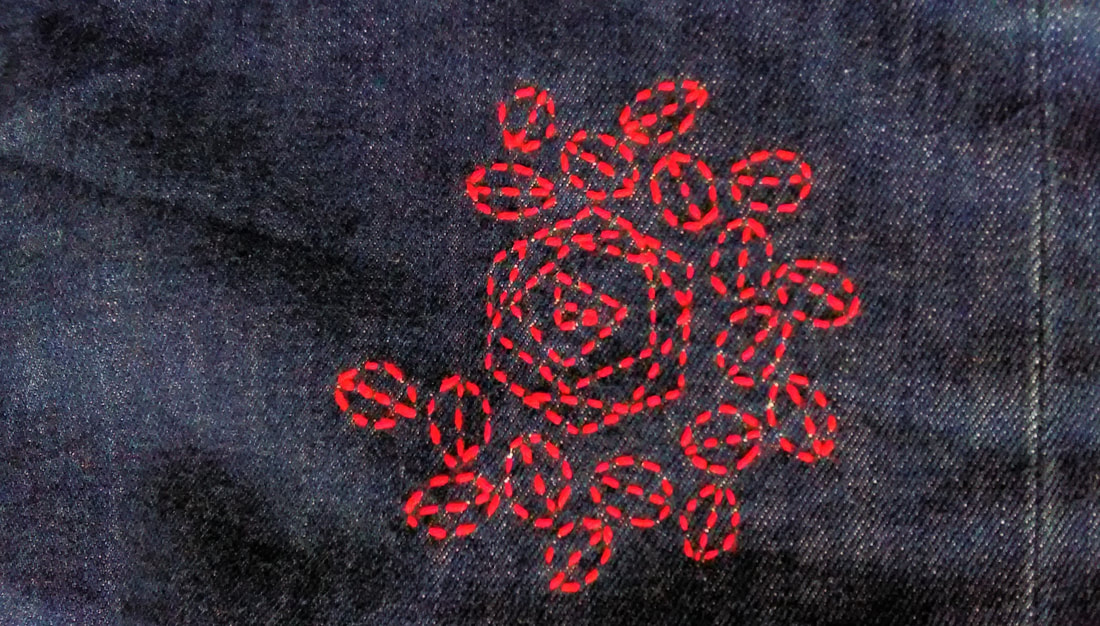
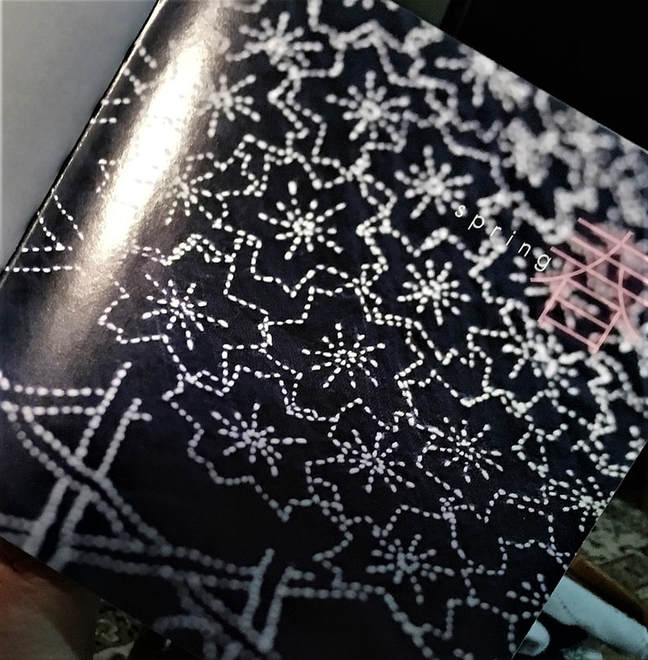
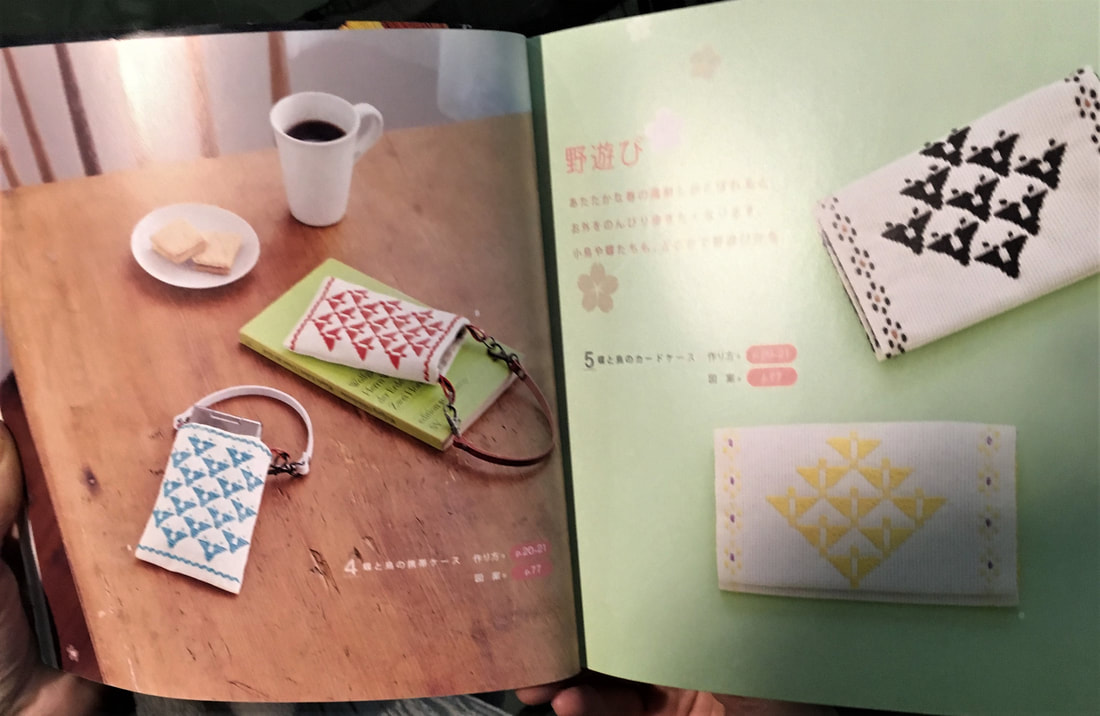
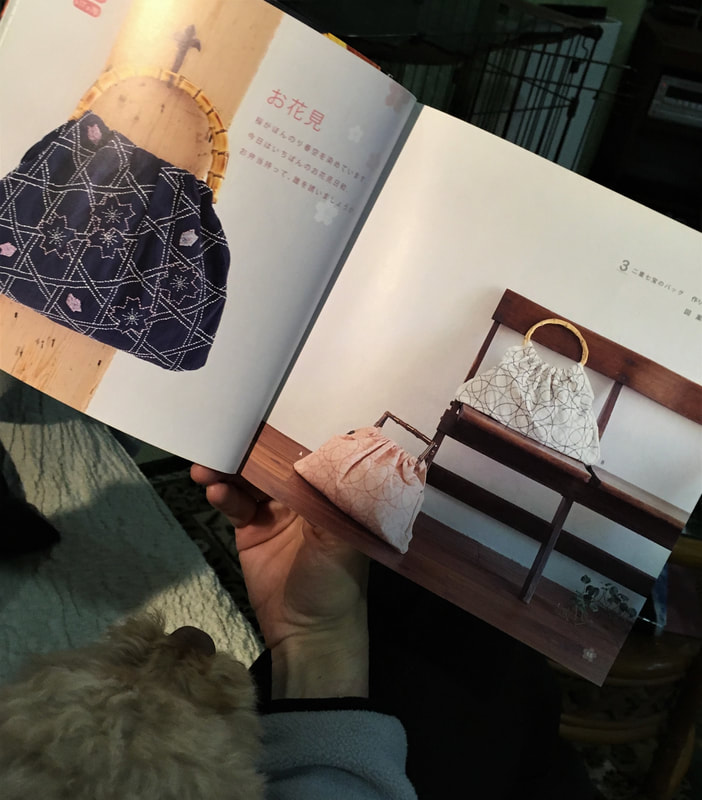
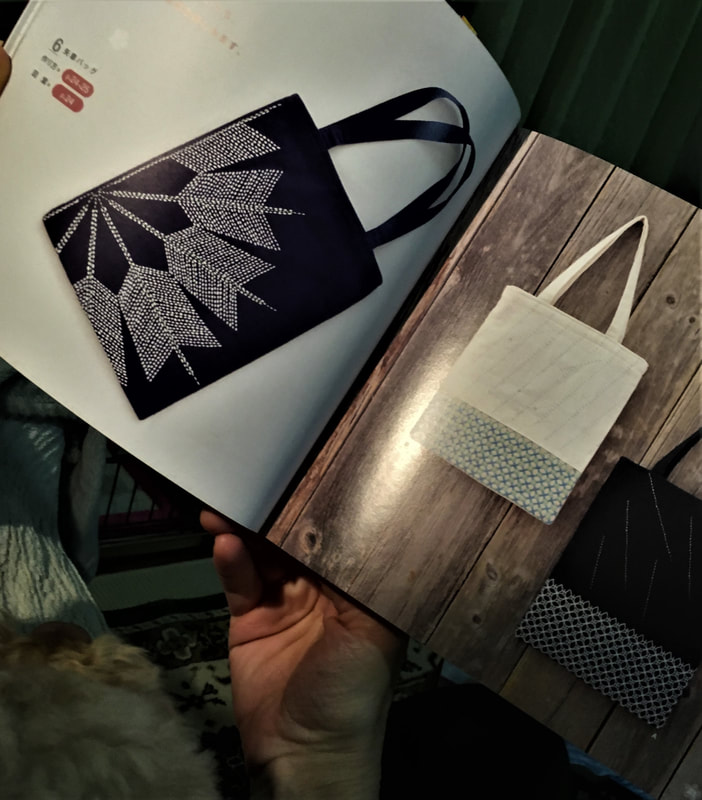
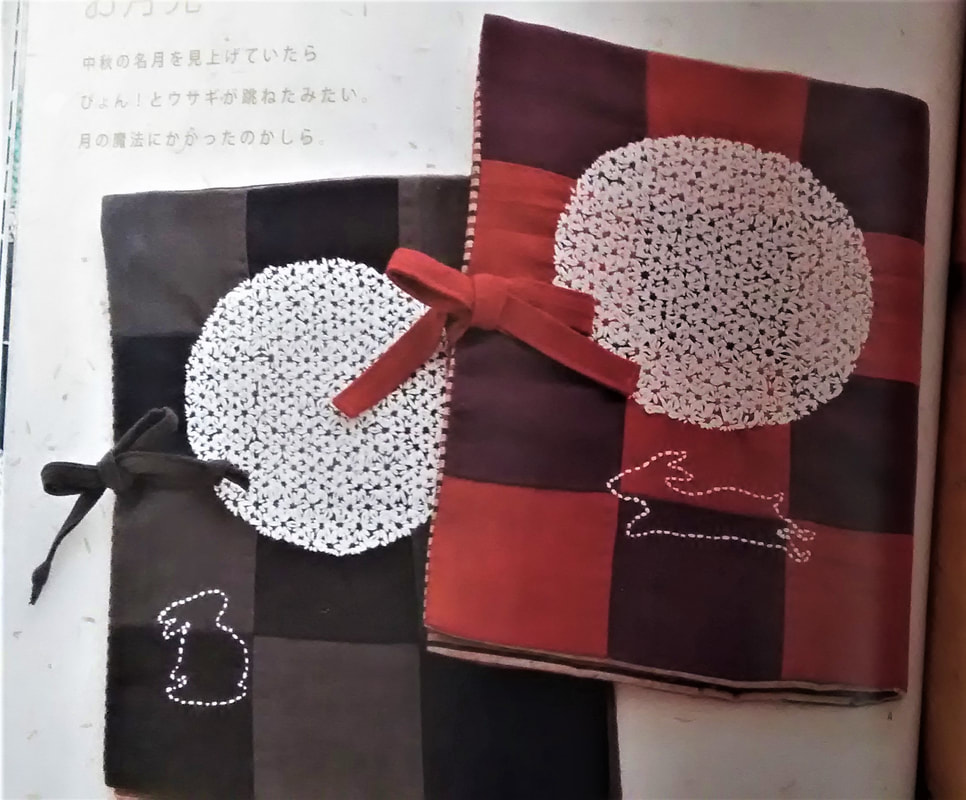
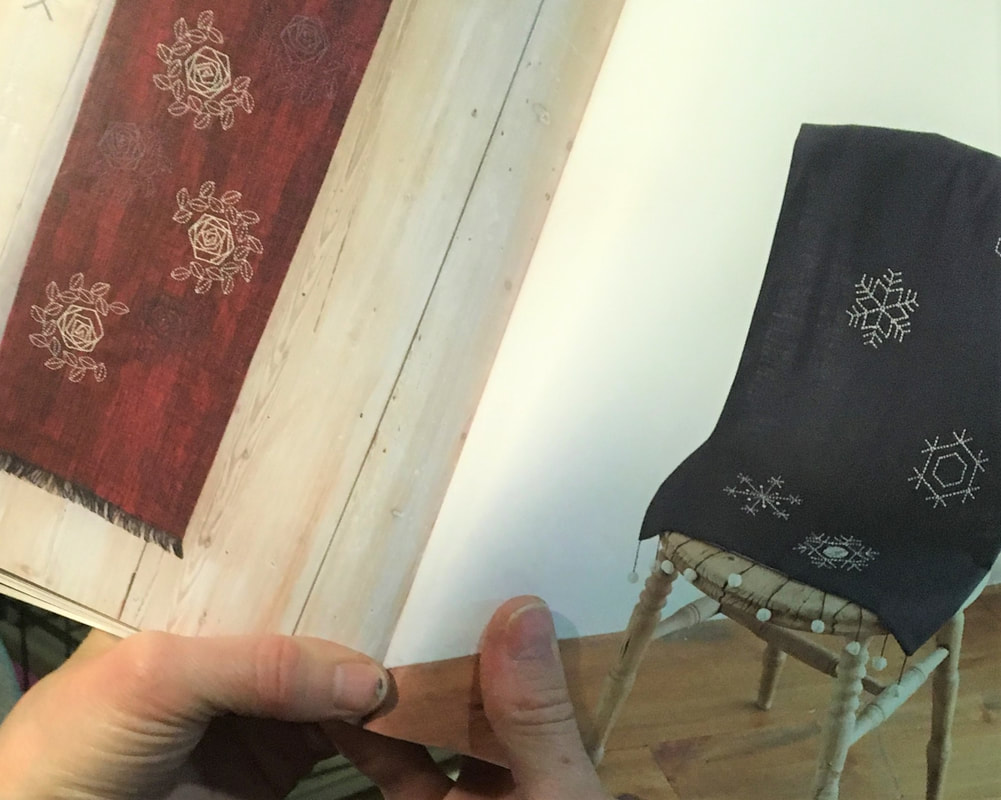
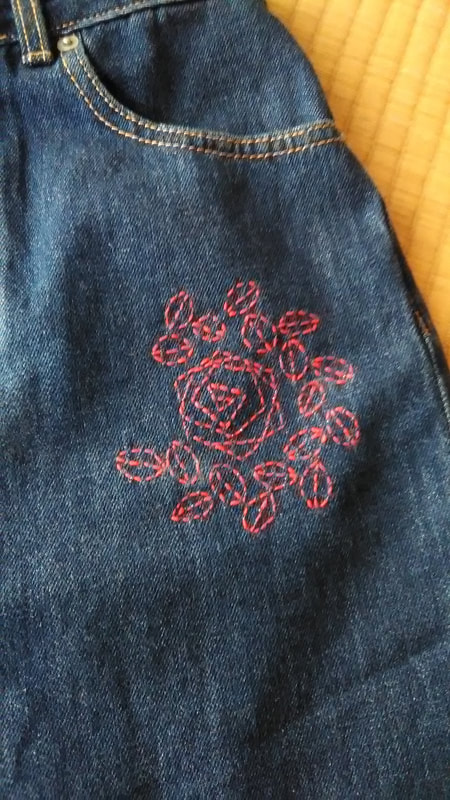
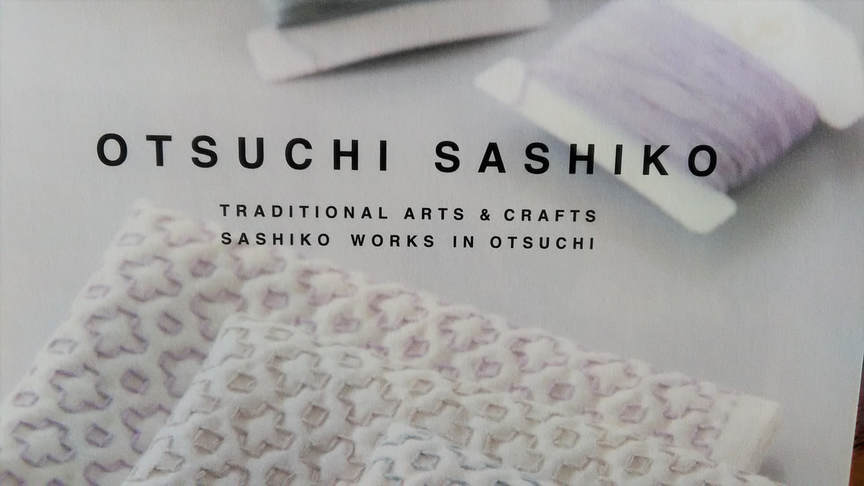
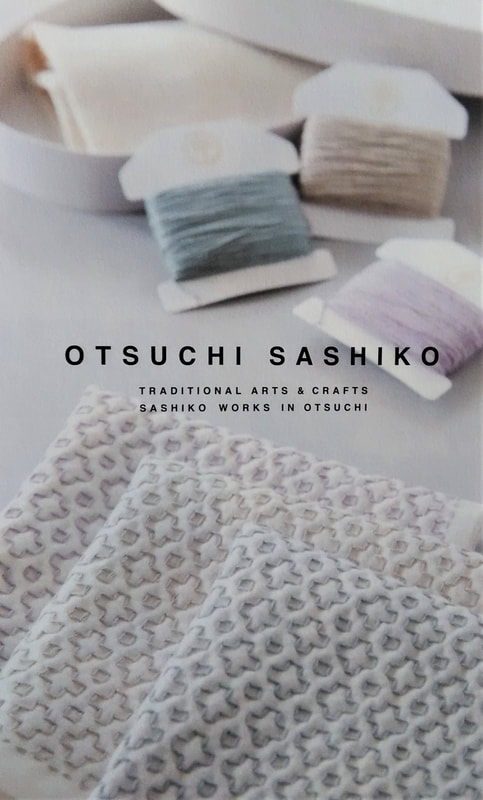
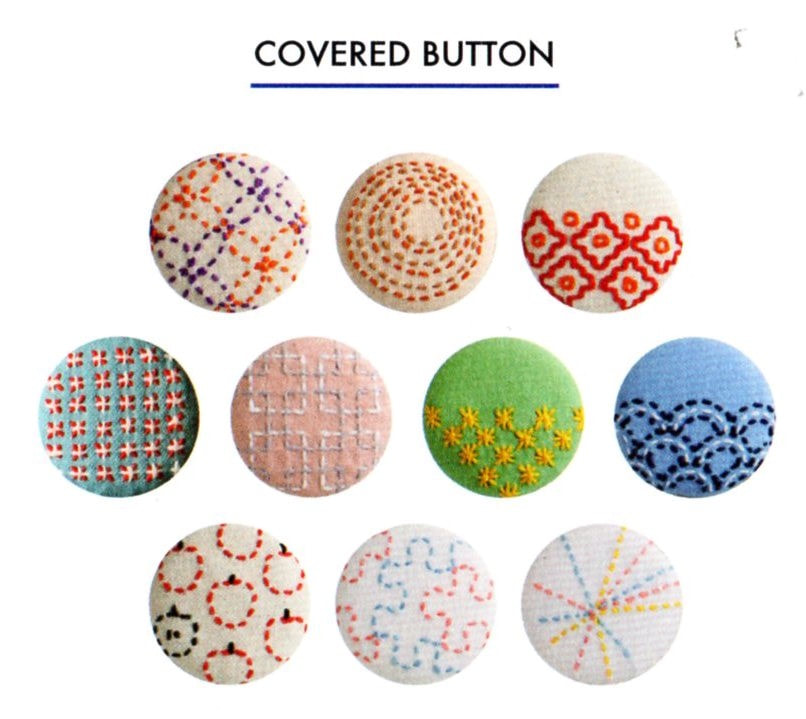
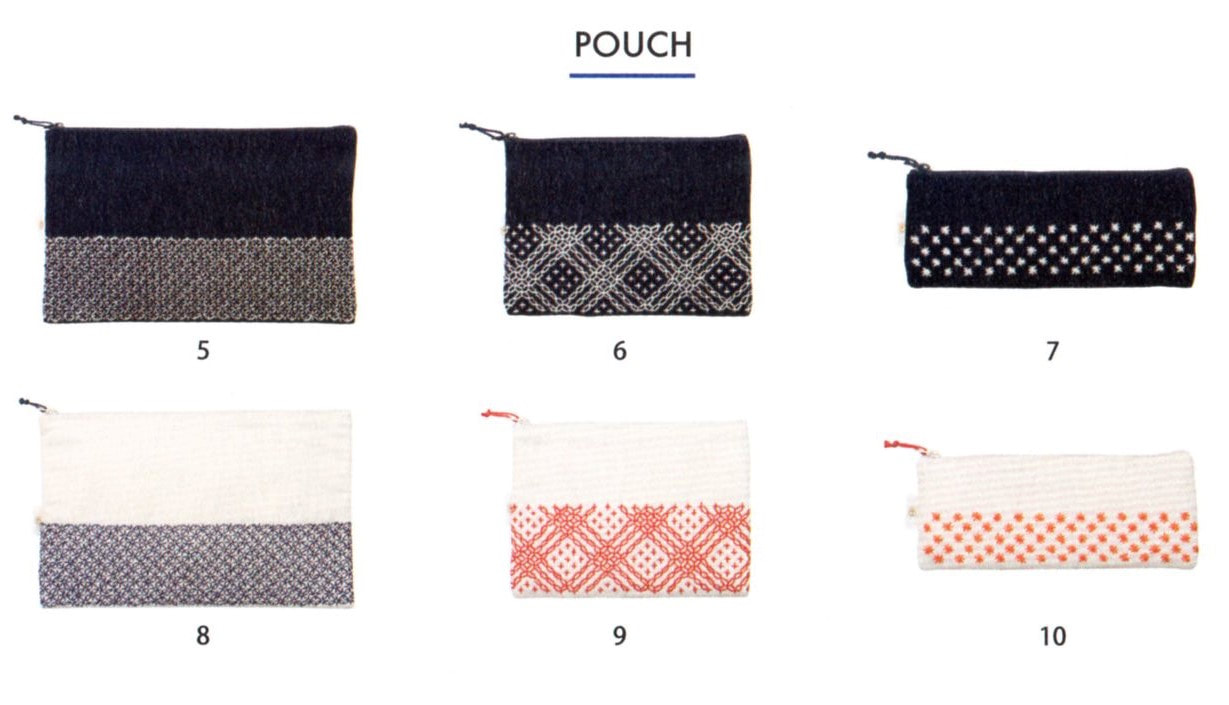
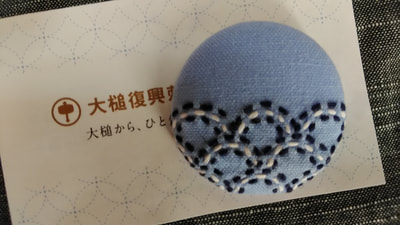

 RSS Feed
RSS Feed



